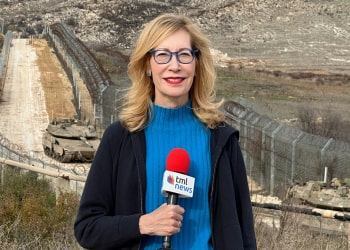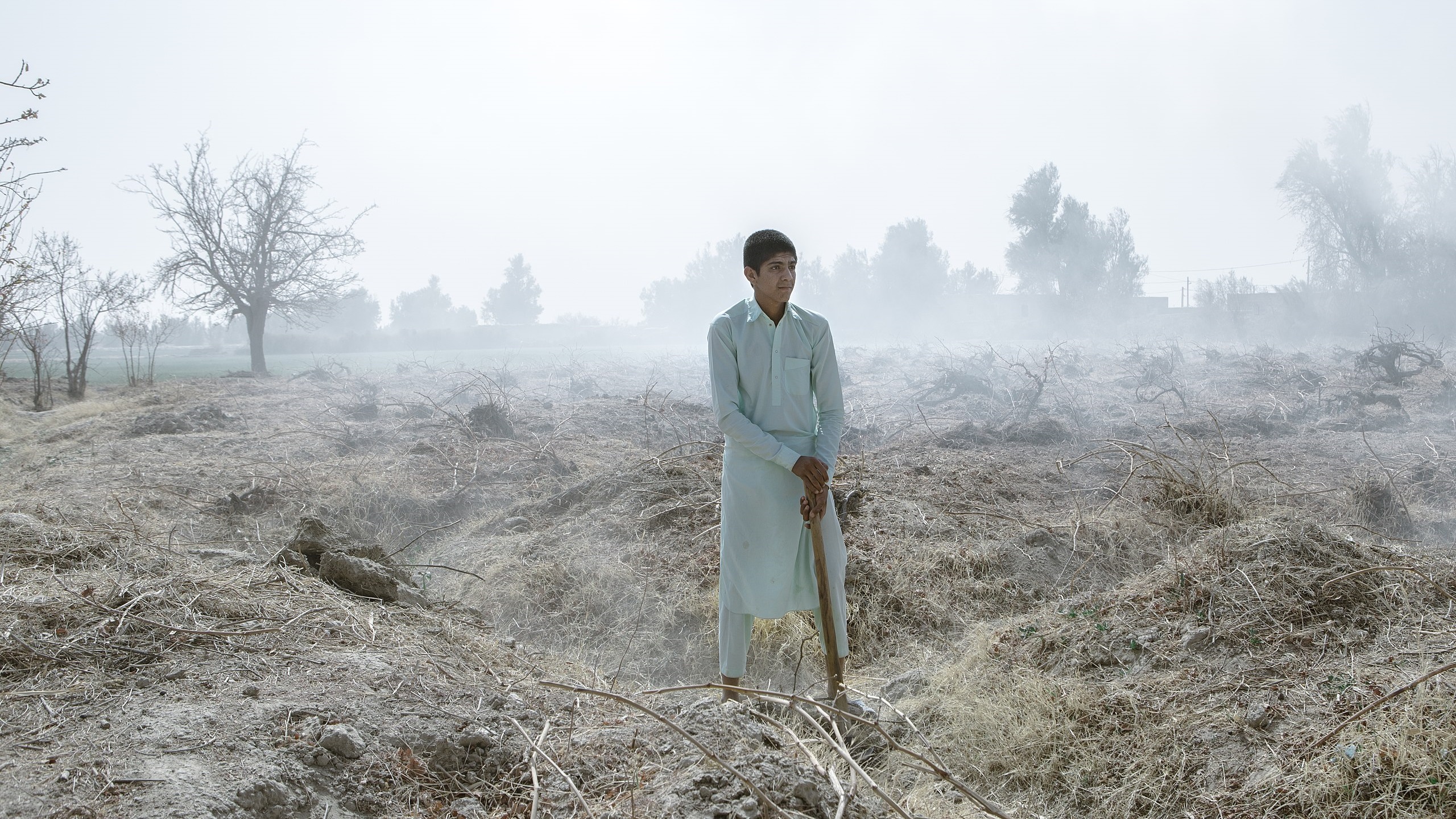Hamun Lake’s Drying Threatens Environmental Catastrophe, Iranian Official Warns
Iran’s Hamun Lake and wetlands, crucial environmental resources near the border with Afghanistan, face an imminent threat of total desiccation, cautioned Mojtaba Zoljoudi, the deputy for the marine environment and wetlands at the Iranian Department of Environment, on Wednesday. This could trigger an “environmental and humanitarian disaster,” he warned.
Zoljoudi urged Afghan environmental officials and the international community to help revive these ecosystems, disregarding political disputes. The survival of the lake relies on floodwaters from upstream rivers in Afghanistan, but Zoljoudi identified a series of issues, including a change in the Helmand River’s route and extensive dam construction on the Farah River, that have depleted the lake.
This holiday season, give to:
Truth and understanding
The Media Line's intrepid correspondents are in Israel, Gaza, Lebanon, Syria and Pakistan providing first-person reporting.
They all said they cover it.
We see it.
We report with just one agenda: the truth.


Sandstorms, exacerbated by the drying lake, have caused numerous health issues in the Sistan and Baluchestan provinces, even affecting parts of Afghanistan.
Iran has repeatedly requested that the Taliban government uphold a 1973 water-sharing agreement and allow 820 million cubic meters of water annually from the Helmand River. Although the Taliban claim commitment to the treaty, the crisis persists.

